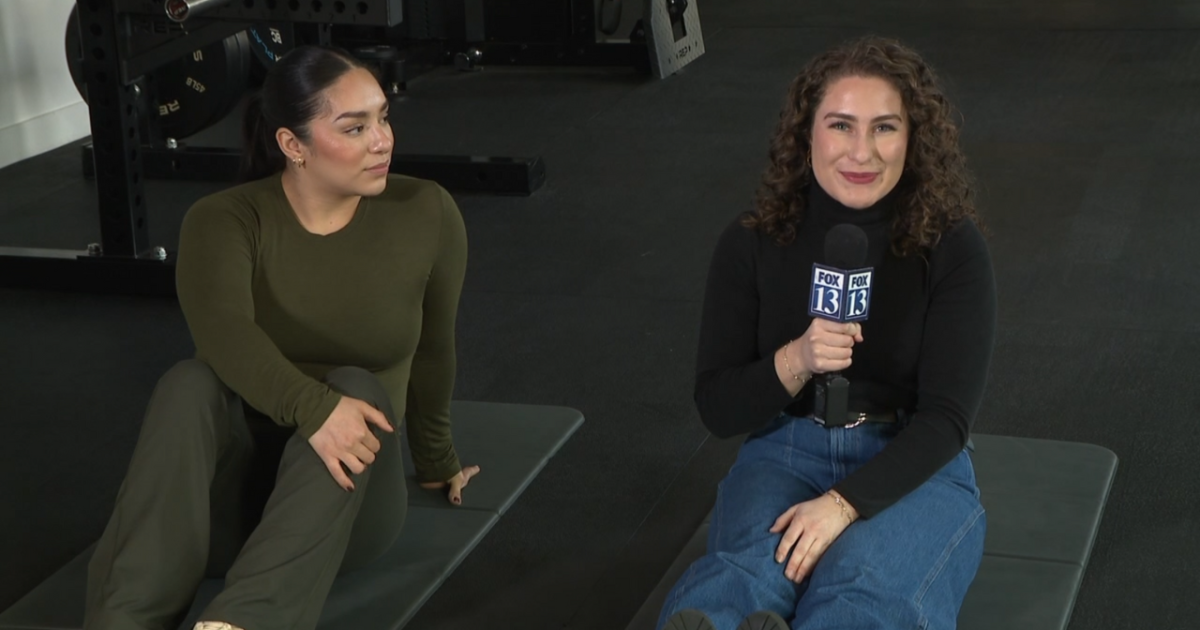Movement is key to longevity. We bang on about it a lot, but it really is the best thing we can do for our physical and mental health in the short and long term. But how much movement we should be doing is up for discussion.
Studies have shown that exercising for long periods of time isn’t always necessary, which is good news, as so many of us are busy and time-poor. Now, new research shows that even just one minute of intense exercise is better for our heart health than walking for much longer amounts of time.
The team behind this new study, published in Nature Communications, states that previous studies using fitness trackers found that “vigorous activity may be considerably more time efficient than moderate or light intensity activities in producing cardiovascular and metabolic adaptations”. To further prove this, they used 73,485 participants, with a mean age of 61, and asked them to wear a device 24 hours a day for seven days.
The researchers say their findings are in “stark contrast” to the often cited ratio of 1:2 minutes for vigorous and moderate intensity exercise. The NHS uses this ratio for its online exercise guidelines, where it recommends adults aged 19 to 64 do at least 150 minutes of moderate intensity activity, or 75 minutes of vigorous intensity activity a week.
The authors say: “These findings are particularly relevant for adults at high risk of disease, or those who are time poor, and suggest different health promotion strategies. For example, exercising at different intensities or completing light intensity daily activities such as household tasks, stair climbing, or light strolling could be interspersed with short bursts of fast walking for a more impactful physical activity session.”
What counts as vigorous intensity exercise?
The key to getting the benefits of vigorous intensity exercise is doing it at the right level. You’ll know you’re working hard enough when you can only say a couple of words without pausing for a breath, and you’re starting to sweat after a few minutes.
If you wear a fitness tracker, make sure you’re in 80 to 100% of your maximum heart rate (220 minus your age).
Should we still be walking?
Absolutely. While more studies are proving significant health benefits can be seen with short bursts of exercise, walking should still be included in your exercise regimen. Regular walking workouts will be better than doing one minute of vigorous intensity exercise every few days, that’s for sure.
There are so many benefits of walking. It’s great for maintaining muscle mass, mobility and flexibility as we age. It’s free and accessible for everyone, whatever your age or fitness level. Plus, getting a good amount of steps in each day will improve your sleep, blood pressure and stress levels.
As mentioned above, walking briskly will bring greater health benefits, but anything you can do will make a difference. A study by Brigham and Women’s Hospital found that women who averaged at least 4,400 steps a day had a significantly reduced mortality rate compared to those who took 2,700 steps. As the number of steps increased, the mortality rate decreased, up to 7,500 steps.
If you’re new to exercising, speak to a personal trainer and your GP first to make sure your regime is tailored to your individual needs and health.






























